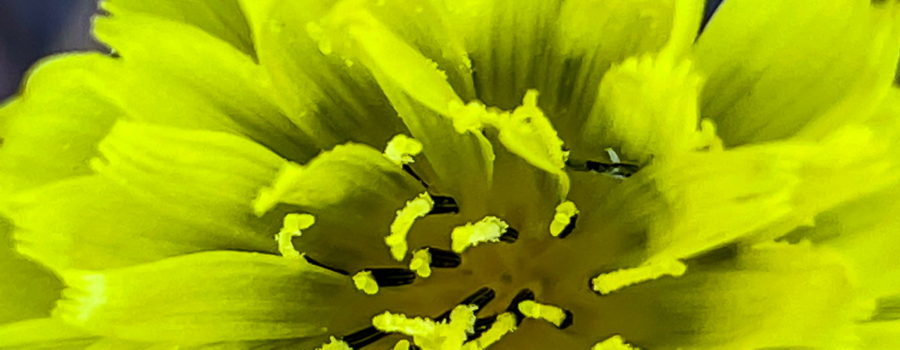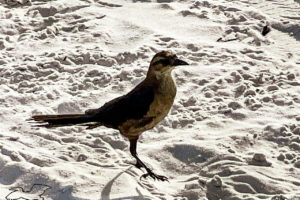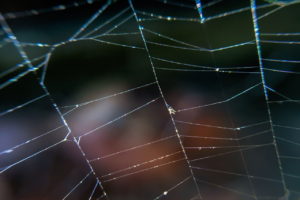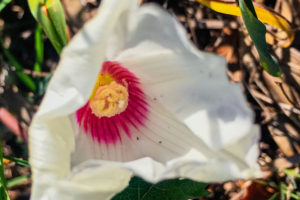Carolina Desert Chicory is a Beautiful, Colorful Pollinator Attractant

Right now many of you are stuck with ice and snow, but down here in Florida we’re have had an unusually warm winter so far. We had two light frosts in my area in November, which was unusually early, and they were enough to kill off a lot of the last surviving adult insects, butterflies, spiders, and wildflowers. A few miles south of here, it got chilly (by Florida standards), but there was no frost. Down there, a few of the more hearty plants are still putting out the occasional flowers, but up here about the only thing that is still sporadically blooming is the Carolina desert chicory (Pyrrhopappus carolinianus), also known as false dandelion, Texas dandelion, or Florida dandelion (there is also another Florida native plant that is more frequently called Florida dandelion, though). This plant is an annual that reproduces through seed production and blooms from early spring until late fall. It’s a member of the aster family like sunflowers, Elliott’s asters, and Leavenworth’s tickseed.

Carolina desert chicory is not a true chicory, nor is it a true dandelion, but it does have some edible parts just like each of it’s namesakes. Specifically, both the leaves and the roots are considered edible, although some sources say that the flavor leaves a lot to be desired. Leaves can be harvested any time, but are supposed to taste best when young. They are used like other greens as a side dish or cooked into soups and stews. The roots are usually harvested in the fall, but I was unable to find any information on how they are actually used. Unlike real chicories, Carolina desert chicory does not seem to have any medicinal uses, but it can be used for other things. The most common use is as a decorative plant, especially in butterfly gardens, where it does attract quite a few pollinators including bees, butterflies, wasps, ants, and even beetles. Those insects in turn attract insectivorous birds along with several types of spiders.

Even though some people do use it as a decorative plant, most often Carolina desert chicory is considered a weed. It’s native to the southeastern United States from Delaware and Indiana south through Florida and Texas. It likes direct sunlight to partial shade in areas with regular moisture. It will grow in a large variety of soil types and doesn’t mind disturbed areas at all. It’s frequently found along fence rows, in fields and pastures, along roadsides, and in clearings. It is also very fond of lawns. It can grow up to about two feet tall and has those gorgeous bright yellow flowers. Being a member of the Asteraceae family, it actually has two types of flowers. There is the ray flower that most people notice, but if you look closely, the center is made up of many small yellow florets. This one that I photographed lives just outside my front gate on the right of way. The plant is in an area that gets plenty of sunlight, but was protected from the light frost by an overhanging live oak tree. The poor thing is definitely not looking at it’s best like it was when I took these photos, but it is still occasionally producing a single flower. Each year a new plant comes up somewhere in the area near where this one is. Most of the seeds undoubtedly blow away to new places, but there always seem to be a few that stay right here.






Recent Comments